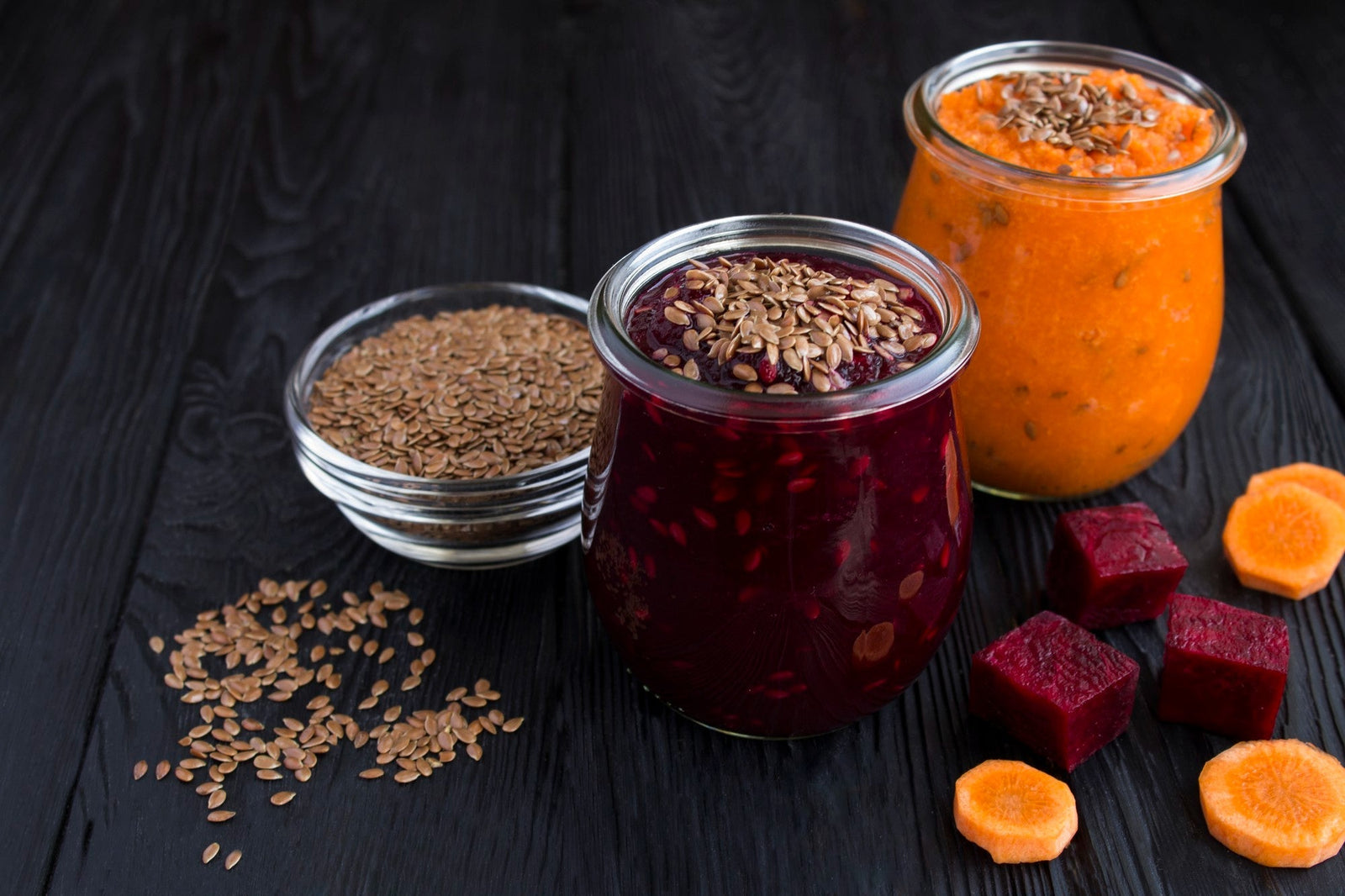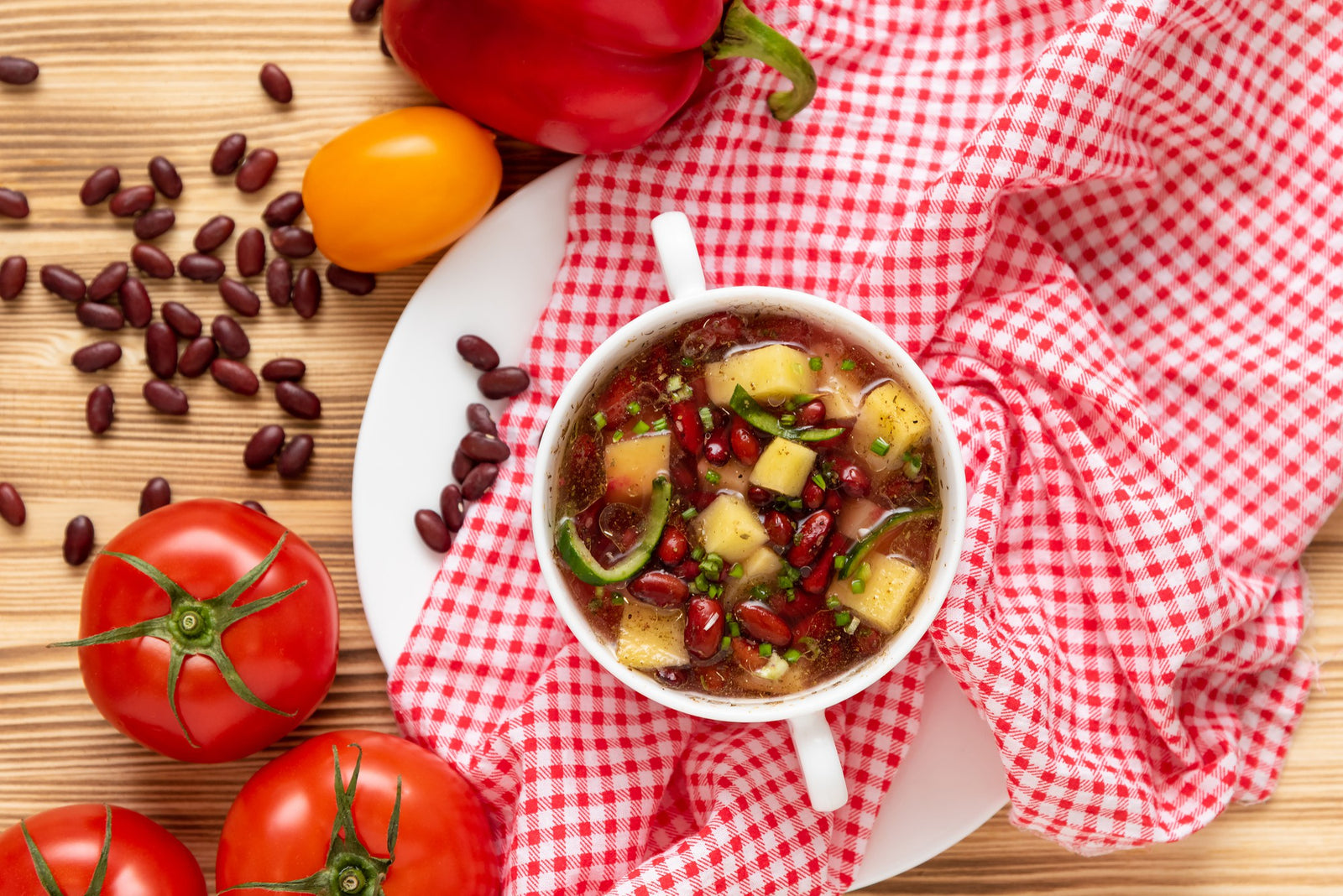
July 06, 2021 2 min read
Green Lentils
Like other lentil varieties, green lentils are also ready recipients of flavorful spices and herbs and will willingly take on the flavor of other foods that they are mixed with. Given this accommodating property, green lentils are widely used in Indian, Middle Eastern as well as various African cuisines.
Green lentils can be served on their own with rice, be paired with vegetables, or be added to wraps and stews to make a hearty meal. Since green lentils keep their shape after cooking, they are suitable for using in salads or dishes where consistency is a concern.
Red Lentils
Red lentils can be prepared just before serving and usually do not require long presoaking as other dried beans do. Despite being soaked, beans can take a fairly long time to cook, but red lentils cook really quickly and will become mushy after the cooking process. However, it is still important to rinse the lentils well before cooking.
To boil red lentils it is recommended to use 3 cups of liquid for every one cup of dried lentils. Lentils that are placed in boiling water are easier to digest than others which are placed in cold water and then brought to a boil. Once the water reaches boiling point, turn down heat and simmer the lentils for about 15-20 minutes. The lentils will turn from their original red color to a yellowish one during the cooking process.
Of all the lentil varieties, red lentils cook the fastest as they are sold with their hulls removed. Given the fact that red lentils break down while cooking makes them suitable for soups, stews, dal, curries, and dips. Use red lentils in any dish where a firm texture is not required.
Red lentils are used widely in Indian and Mediterranean cuisine. The lentils may be prepared and served by themselves with rice, mixed with vegetables into a curry or shaped into veggie burgers or meatless sloppy joes.
❤ Try our USDA certified organic Green Lentils and Red Lentils ❤
Related Blogs:
Thanks for reading this Be Still Farms Blog article. To sign up for more news/articles and/or recipes, click here. For more about us, click here. To shop our certified organic products, click here.
Please comment and share and we look forward to serving you in the future!
Comments will be approved before showing up.

January 27, 2025 3 min read
Flaxseed, the tiny yet powerful superfood, is packed with nutrients that can support weight loss. From curbing hunger to stabilizing blood sugar, this guide dives into the science of how flaxseed can help you shed those extra pounds.

December 11, 2024 3 min read
Discover three quick and easy soup recipes featuring organic small red beans. From a classic vegetable soup to a creamy potato blend, these wholesome recipes are perfect for chilly days and busy weeknights. Packed with flavor and nutrition, these soups will warm your heart and soul this winter!

December 06, 2024 3 min read
This vibrant and nutritious Green Lentil Salad combines tender lentils with grilled chicken, fresh vegetables, and a zesty lemon dressing. Packed with protein, fiber, and essential vitamins, it’s the perfect healthy meal for any time of day.
© 2025 Be Still Farms- Real, Fine Organics.
Privacy | Terms | Refund Policy | Organic Certification
